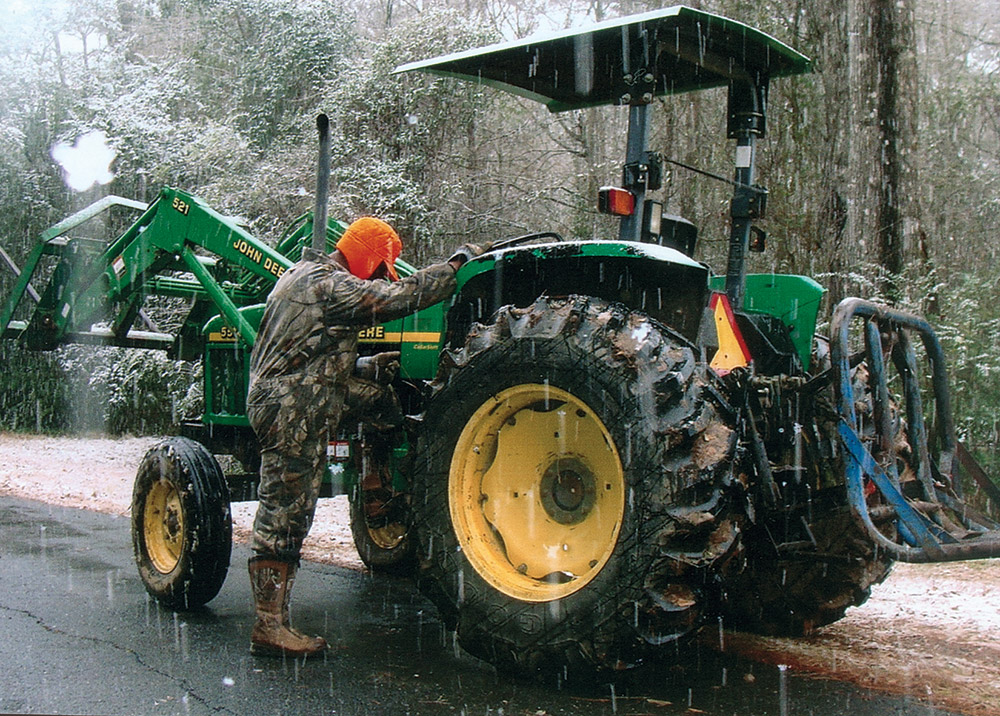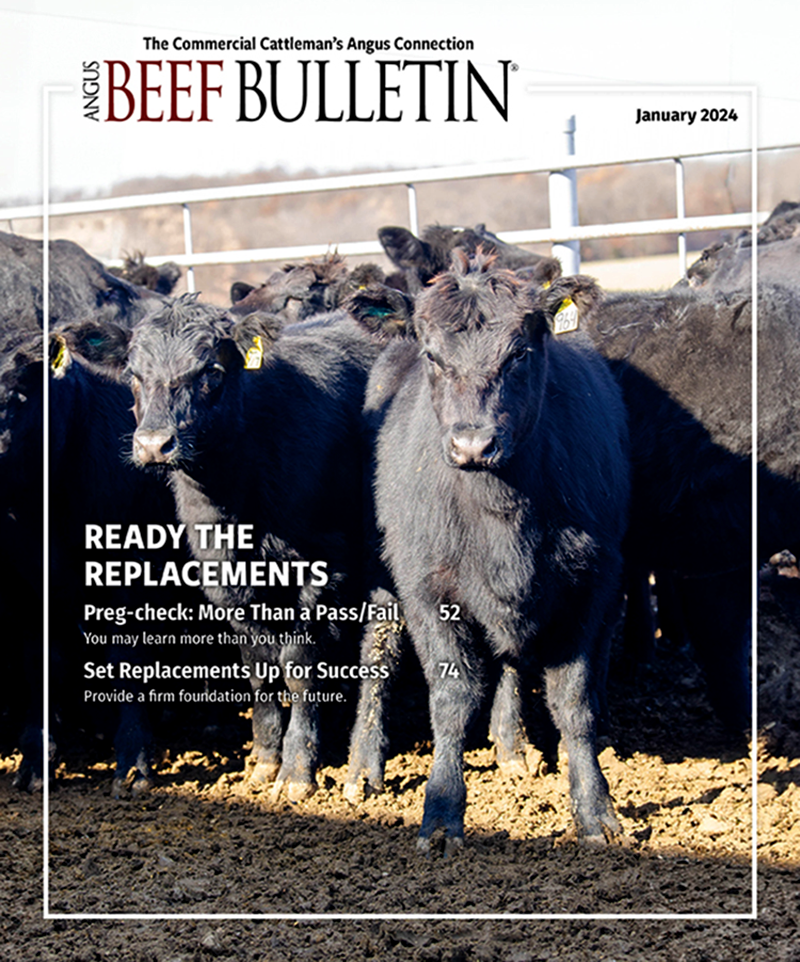
Don’t Forget Human Comfort
Plan ahead to increase human comfort when working cattle in cold weather.
Late fall and early winter can bring less-than-ideal weather — sometimes on the day you planned to work cattle. It’s helpful to be prepared — for the people, as well as the cattle.
If you will be working for an extensive time on a cold day, it’s important to wear warm boots and clothing. If your feet get cold, you will be miserable, even if you have a warm coat. It’s also a good idea to have some form of heat near the working chute where people can warm their hands. You might use diesel-fired heaters with tubing that blow hot air, or a propane space heater, suggests Eric Laporte, Nagel and Co. Veterinary Services, Cow-Calf Health Management Solutions, Crossfield, Alta., Canada.
“One of the devices I use is a 20-pound propane tank that can have a heater mounted on top of it. I don’t advise using this for keeping vaccines warm, but it could be a source of heat for the people working at the chute if they need a short break to warm their hands. If your working crew can be comfortable and not miserably cold, they tend to take less shortcuts and do a better job. It also raises their spirits if someone has supplied donuts and hot coffee. Don’t forget to feed the volunteers!” says Laporte.
With shorter winter days, you may need a plan for extra lighting in case you don’t finish before dark.
“If it gets to be 5 o’clock and it’s already dark before you finish the last bunch and you can’t see what you are doing, it’s wise to have a generator and some extra fuel and some lights. This is when you are getting tired and just want to get done. If you can’t see very well, you are not going to do a very good job,” he warns.
You might make some mistakes and mix the wrong vaccines or fill the wrong syringes if it’s hard to see what you are doing.
“We always assume the cattle will move forward, but, if it’s dark, you may need a light at the back of the chute pointing forward so they can see where they are going — even in the snake, if it’s dark in there and they don’t want to move ahead.”
Lights in the right places can be helpful for both the cattle and the people working them.
“I always carry a battery-powered light and a head lamp because you never know what you might experience. Today there are some really nice head lamps that are very bright. They may go through batteries a little faster than a regular head lamp, but I’d rather carry extra batteries and have bright light than try to do things in the dark,” says Laporte.
Editor’s note: Heather Smith Thomas is a cattlewoman and freelance writer from Salmon, Idaho.



